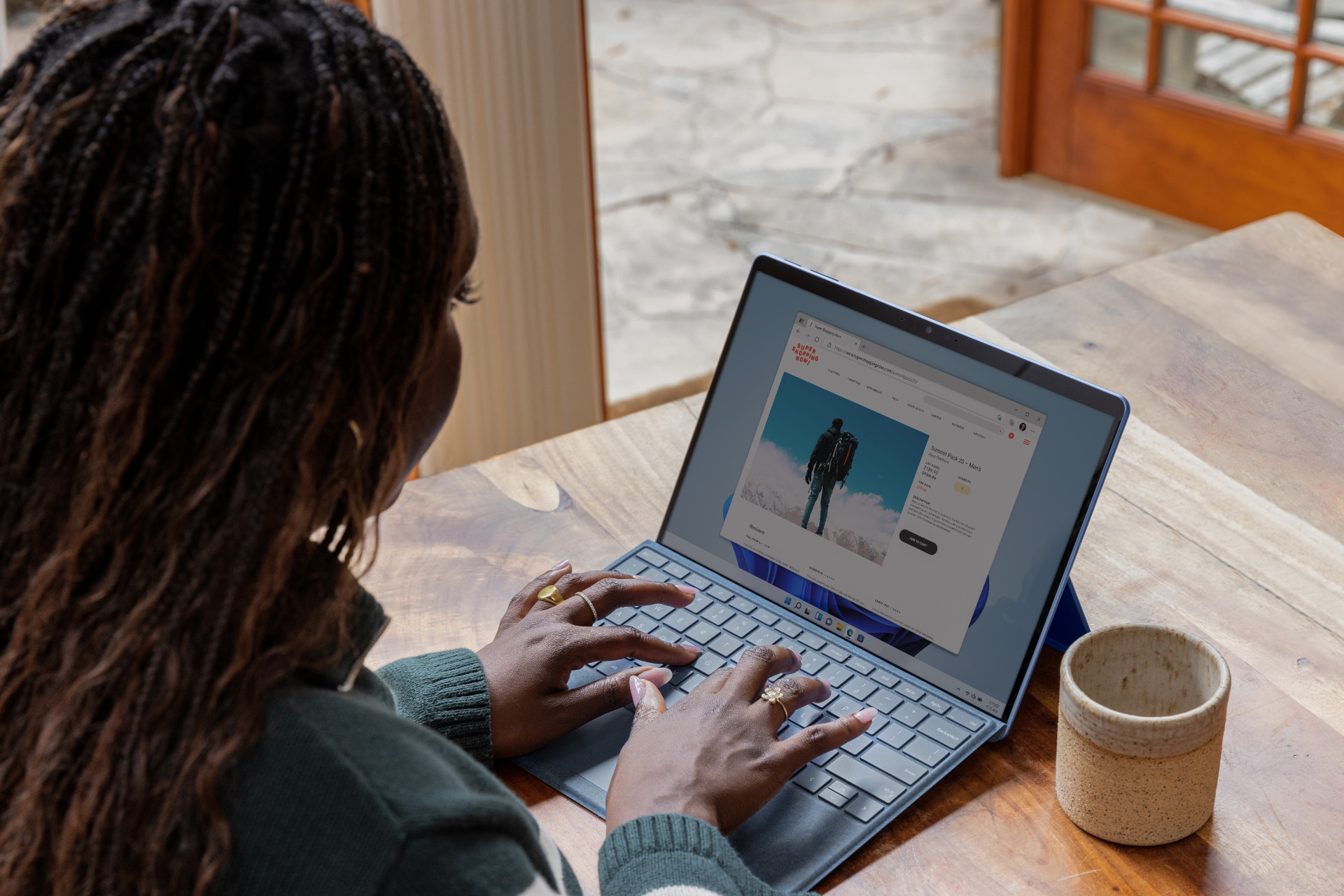Yes, the humble blog still matters.
Maybe it seems like its time has come and gone. It’s the older sibling to today’s YouTube videos, TikToks and Instagram posts. In all the exciting content (and content formats!) competing for our attention every day, blogging gets a little lost.
But while much (well-placed) attention is placed on marketing through short-form videos and social media, blogging stands out as a crucial element that elevates your organization’s presence and impact. It helps you achieve your goals, connect with your audience and build a strong brand.
Here’s why.
Why Is Blogging Important?
Let’s delve into some of the reasons why blogging lies at the heart of content strategy.
- Increased Visibility and Web Traffic: According to HubSpot, businesses with blogs receive an incredible 55% more website visitors than those without blogs. And it’s organic traffic—it’s coming from people who find your blog through Google, for instance, rather than from a paid advertisement. For businesses, that’s a lot more potential customers. For nonprofits, that’s so many more people who could be donors, volunteers or supporters of your cause. You don’t want to miss out on all that opportunity.
- Content Engine: Blogging not only attracts organic traffic but also provides valuable content for social media platforms. Those short-form videos and social media posts we mentioned earlier? You can pull the content for those from your blogs. (And that goes for any future formats that become popular too—you’ll always be able to use your blogs as a content source.) It’s like meal prep. You can write one blog and set yourself up for the next week/month/quarter with content to use across all channels.
- Relevance and Evergreen Content: A lot of your website content needs to stay pretty static, staying the same regardless of trends. Think your About, Contact and Mission pages. But a blog keeps your website content fresh. That’s where you can share your insights into relevant trends, timely topics and other matters of interest to your audience. Plus, you can include a mix of evergreen content—that is, content that speaks to largely unchanging information—that you can use long-term and repurpose, building out a valuable resource library as you go.
- Thought Leadership and Credibility: A well-crafted blog establishes your business or organization as a thought leader in your industry. By consistently providing insightful and authoritative content, you build credibility and instill confidence in your audience.
How to Fit Blogging Into Your Overall Plan
When we work with our partners to add blogging to their marketing and communications plan or refresh their blogging strategy, we keep the following in mind.
Understanding Your Audience
To effectively reach your audience, consider what topics they might search for online and what questions they might have. Research topics that you can pull from your existing website content, industry news and trends. Nonprofits can benefit from asking program directors, for example, what questions they’re hearing over and over again.
And when it comes to voice, think about this. Over 58% of global web traffic happens on mobile devices. A lot of your audience is reading what you have to say on their phones. That environment’s more personal, so answer questions for your audience in a conversational way.
First Touchpoint for Potential Customers
A blog post might be someone’s first interaction with your organization. This initial touchpoint provides an opportunity to capture their interest, answering their questions and sparking a desire to learn more. This is your chance to turn casual readers into dedicated followers.
Our director of digital marketing, Sonya Schweitzer, imagines the blog as a “first date” with a prospective audience member. “Here’s some general information about this topic you searched for,” she explains, “It shows that we’re in the realm of your area of interest. Then the website takes that to a deeper level—here are our values and benefits. If that connects, we can become partners and ‘date’ a little bit more.”
Sustaining Relationships Through Blogging
Once you start building out your blog as a resource library, you’ll want to use categories, tags, and a user-friendly layout. Make it easy for your audience to find more content. That reinforces your connection, builds trust and sustains a long-term relationship with your audience.
With our partners, we always aim for a balance of industry insights and organizational content. The industry insights attract potential customers, donors and clients that don’t yet know about the organization. And that specific content builds the brand and drives action that supports their mission.
“What your blog is for,” says Sonya, “is diving deeper into your benefits and your values—but in relation to the industry, the audience you serve, the market you serve.”
Conclusion
From increasing visibility and web traffic and driving multi channel content to establishing thought leadership and building relationships, blogging earns its keep as the heart of your content strategy.
That’s why we believe in blogging, and that’s why we look for ways our partners can use it to elevate their presence and impact.

